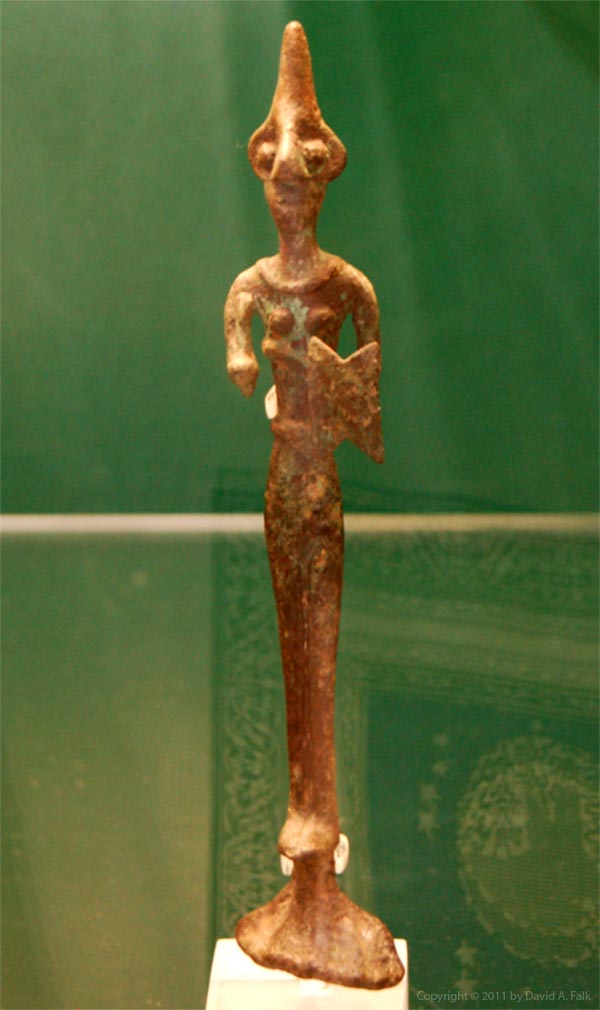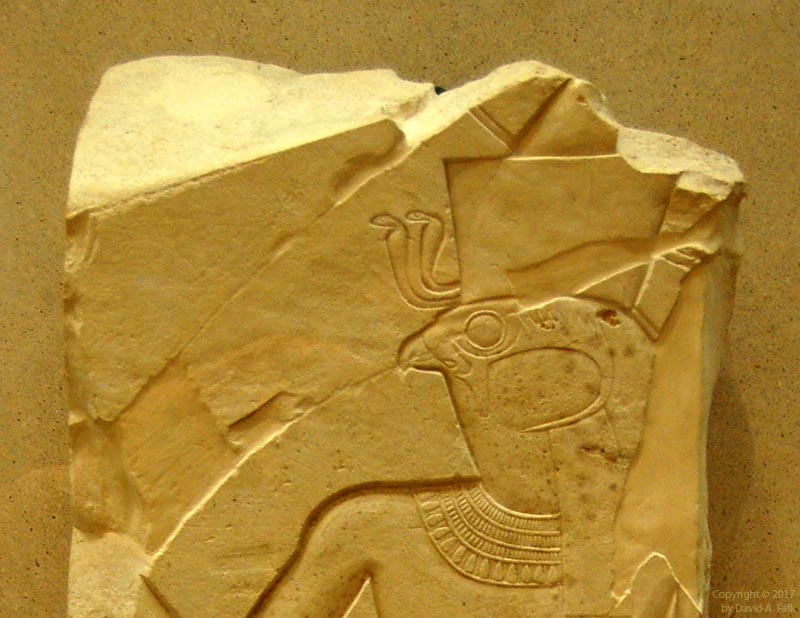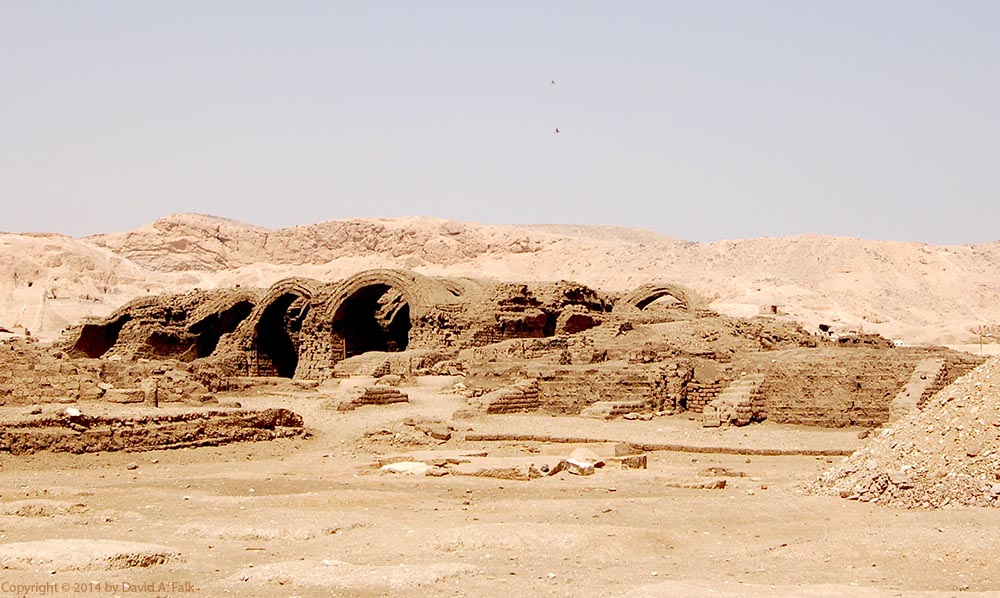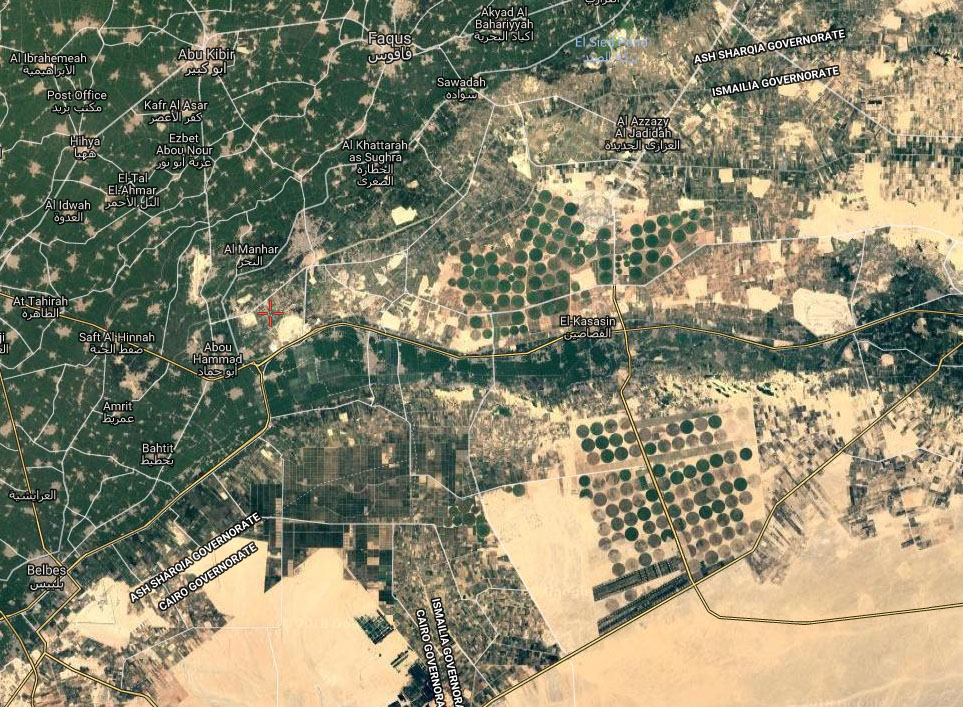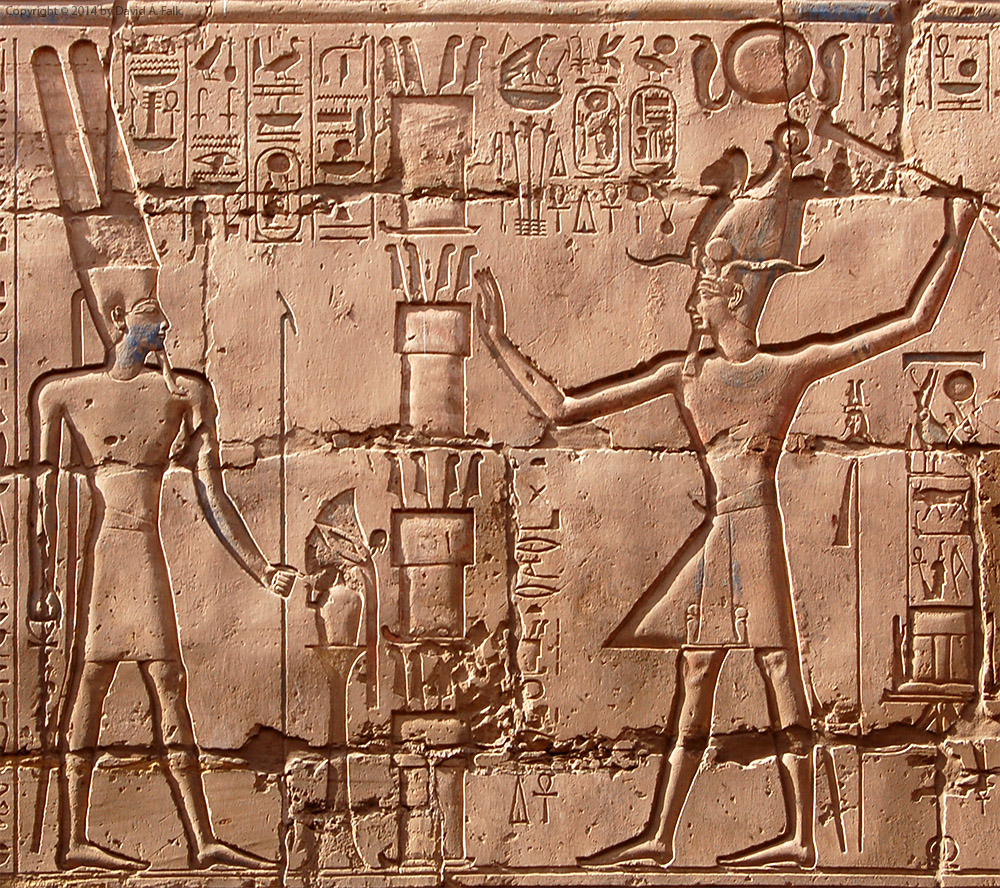Tag: pentateuch
Baal-Zephon, Lord of the North
To Amūn of the temple of the gods; to the Ennead that is in Pi-Ptaḥ; to Baˁalim, to Ḳadesh, and to Anyt; (to) Baˁal Zephon (bˁr-ḏȜpn), to Sopd. Papyrus Sallier IV (vs. 1:6)The Hyksos who worshipped the storm god associated this god with the Egyptian storm god, Seth. The Egyptians continued to use this association after the Hyksos left Egypt. Given that the author of Papyrus Sallier IV wrote the toponym Baˁal-Zephon with the Seth character; Baal in this toponym may be a reference to Seth. The second element of the toponym, the word zephon, means “north” in Semitic languages. However, Zephon by itself also appears as a toponym in Amarna Letter 274, most likely as a name of a Levantine city. Thus, it is unclear whether zephon in Baal-Zephon refers to a direction, yielding “Baal of the North,” or a place, “Baal of (the city) Zephon.”
Pi-Hahiroth, “Estate of the Temple of the Wadjet” by any other name
The (Sea of) Reeds (pȜ–ṯwfy) comes to papyrus reeds and the (Waters-of)-Horus (pȜ–ḥr) to rushes. Twigs of the orchards and wreaths of the vine-yards [ … ] birds from the Cataract region. It leans upon [ … ] the Sea (pȜ ym) with bg-fish and bȗrἰ-fish, and even their hinterlands provide it. The Great-of-Victories youths are in festive attire every day; sweet moringa-oil is upon their heads having hair freshly braided. They stand beside their doors. Their hands bowed down with foliage and greenery of Pi-Hahirot (pr-ḥwt-ḥrt) and flax of the Waters-of-Horus. The day that one enters (Pi)ramesses (wsr-mȜˁ-rˁ stp-n-rˁ) l.p.h., Montu-of-the-Two-Lands. Papyrus Anastasis III (2:11-3:4)This document, dated to the third year of Ramesses II’s successor, Merneptah (ca. 1222-1212 BCE), locates Pi-Hahiroth on the way from the Sea of Reeds (pȜ ṯwfy) towards Piramesses. It appears as though Pi-Hahiroth was probably on the south coast of the Sea of Reeds in a marshy area on the edge of the desert. While no one knows the exact location of Pi-Hahiroth, it was probably is in close proximity to Migdol and Baal Zephon. Egyptologists have long struggled with the meaning of the pr-ḥwt-ḥrt toponym. And early Egyptologists suggested that it might mean “House of (the goddess) Hathor,” assuming that the word ḥrt was an unusual or mistaken spelling of Hathor. The toponym follows Egyptian convention beginning with the hieroglyphic pr-ḥwt, “estate of the temple” or “house of the precinct.” It ends with the goddess character indicating that the final element, ḥrt, is theophoric. William F. Albright suggested that it might mean “the mouth of the canals,” which he suggested was perhaps a Semitic etymology of the Egyptian Pi-Ḥ-r-t, yet this creative solution ultimately did not solve the problem of the theophoric name. He suggested that Heret was the name of a Semitic goddess. The problem is that, even though the name could mean “Estate of the Temple of (the goddess) Heret,” no such goddess is known. Therefore, Albright’s proposal was not a tenable solution to the problem. I believe that ḥrt is an abbreviated spelling of ḥry(t)-tp, “the one who is on top.” The term ḥry(t)-tp is one of the epithets of the Uraeus serpent goddess, Wadjet, and therefore, the name would mean, “Estate of the goddess who is on top (=Wadjet).” This solution retains the theophoric aspects of the toponym and is consistent with known examples of the Wadjet epithet (e.g. Karnak Rhetorical Stela [KRI V 89.10]).
Pithom, “House of Atum”
Sukkot, Camping West of Pithom
The Torah states that Sukkot was the next stop for Israelites after leaving Egypt (Exod 13:20; Num 33:6-7). Some scholars point to the similarity between the modern Arabic name Tell el-Maskhuta and the biblical name. The only problem is that Tell el-Maskhuta is east of Tell el-Retabah (Pithom).
From the exodus itinerary, it is clear that the biblical author pictured Sukkot as west of Pithom. The name should therefore not be understood as the name of a city. But like Goshen, the name was probably a regional designation, describing the area between Piramesses and Pithom.
This suggestion is consistent with the use of Tjeku in Papyrus Anastasis VI (54-56): “We have finished letting the Shasu tribes of Edom pass the Fortress of the House of Merneptah, l.p.h., which is in Tjeku, to the pools of Pithom of Merneptah, which are in the Tjeku, in order to sustain them and sustain their flocks by the pleasure of Pharaoh, l.p.h.”
According to this papyrus, the Shasu traveled from the Fortress of Merneptah to Pithom, both of which were in Tjeku. This would likely place the Israelite encampment of Sukkot near the entrance to the wadi, possibly near the modern town of Abou Hammad.
The Hebrew name Sukkot is related to the term that means “booths.” As such, Sukkot may have only been the location of a temporary camp site. In other words, a way station with limited water and resources.
Pi-Ramesses, City on an Island
The Bible mentions the cities of Pithom and Ramesses as the places where the Israelites made “storage cites” (Exod 1:11). Exod 12:37 and Num 33:3-5 point to Pi-Ramesses as the starting place of the exodus. So what do we know about the early history of the island city of Pi-Ramesses?
The only city of the ancient world with name “Ramesses” was Pi-Ramesses, the “house of Ramesses.” Labib Habachi identified Pi-Ramesses at the archaeological site of Qantir. Qantir is located 2 km east of Avaris, the former Hyksos capital.
Seti I (ca. 1303-1288 BC) founded Pi-Ramesses as a royal residence. Ramesses II (ca. 1288-1222 BC) expanded the city to become capital of Egypt. Papyrus Anastasi III (1:12) dating to Merneptah’s 3rd year spells Pi-Ramesses with the birth name of Ramesses II, “Ramesses Meriamun.”
The Egyptian kings built Pi-Ramesses to keep an eye on the large Semitic population at Avaris. The city also located in the region where the Ramessides had their power base. The two cities existed together until Avaris was abandoned during Dynasty 19.
Ground-penetrating radar and Caesium-Magnetometry surveys done in 1996, 2003, and 2008 revealed no earlier remains beneath the Dynasty 19 city. Moreover, the city of Pi-Ramesses was an island surrounded by water on all sides.
These facts show us two things. (1) The Israelites lived near but not in Pi-Ramesses itself. (2) The Exodus could not have occurred earlier than the reign of Ramesses II. Thus, the Israelites probably gathered for the exodus at a staging area between Avaris and Pi-Ramesses. Avaris afterwards ceased being a viable city when it was abandoned by the Israelites.
New Research in Ancient History
I am dedicating this new blog to telling the story of the Bible in light of its Egyptian context. Over the last 150 years, ancient Near Eastern studies have shown that nothing from the Old Testament was cut from whole cloth. The Pentateuch emerged from a culture stretching back thousands of years. Yet, few authors engage the wealth of Egyptian material culture in relation to the Bible.
The Bible having an Egyptian context might sound strange, but it should not be. If we are to believe the biblical text, the Israelites left Egypt after living there for hundreds of years. While living in the Nile delta, they would have adopted customs and ways of thinking distinct to Egypt.
Yet, few serious researchers explore this material. In the early 20th century, Egyptology as a discipline separated itself from biblical research. And the two fields more or less grew independently. Today, with the rigor required to be an Egyptologist, few scholars are trained to engage both Egyptology and the Bible.
Thus, the time is now right to publish the research that I have gathered. As I write books and articles, my research from peer reviewed journals is now finding its way into popular press. So as I engage Egypt and the Bible, I will be making new discoveries and publishing new works. And as I publish, I hope this blog will expose this fascinating world to a wider audience.
![Seti I relief from Karnak Temple (Illustration from A. H. Gardiner, JEA 6 [1920], pl. 11), with the Migdol.](http://www.egyptandthebible.com/wp-content/uploads/other_photos/migdol.png)
